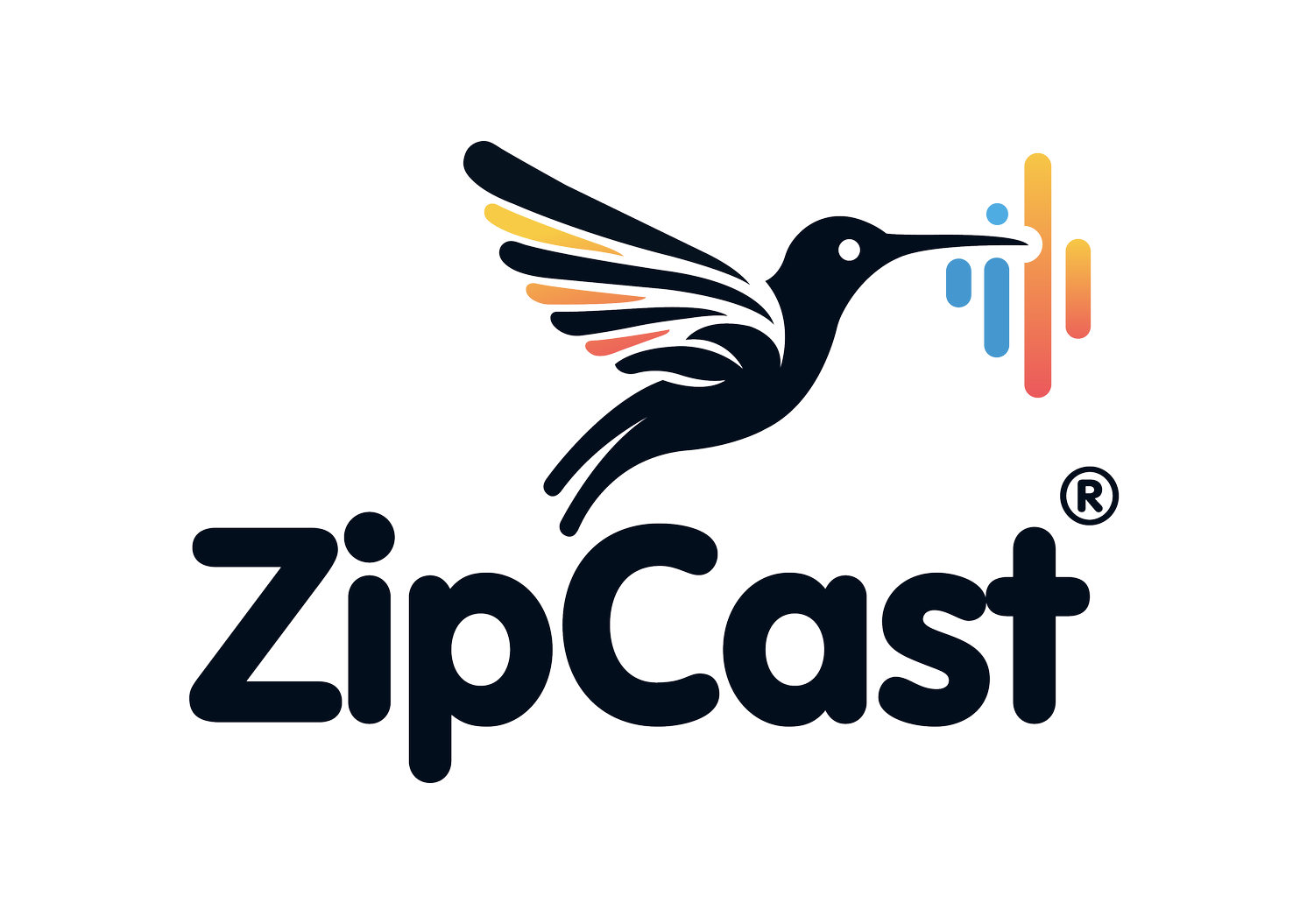
7 Tips for Better Parent Communication
Discover ways to supercharge how you engage with families
Thanks for taking a moment to explore further our 7 tips. We hope they are helpful and welcome your comments or questions.
Reach out to us at hello@zipcast.media.
Also consider joining us for our next parent engagement coaching call.
7 Tips for Better Parent Communication
1. Be Consistent and Predictable
Timing matters. A weekly cadence builds trust and engagement.
Practical Suggestions:
Set a specific day and time each week for school-wide updates (e.g., every Friday at 4 PM).
Use a branded template or format so parents recognize it immediately.
Stick to a rhythm—even during slower weeks—to maintain consistency.
2. Use Short, Multi-Sensory Formats
Some read, others listen—few want long emails. Provide options for people on the go.
Practical Suggestions:
Offer short-form audio updates (like ZipCast) parents can listen to during the drive to school or while running errands.
Create bite-sized segments, infographics, or bullet-point summaries with invitations to longer format documents and more in depth resources
Avoid large blocks of text—use headlines, icons, or short paragraphs for clarity.
3. Make It Personal and Relational
Your voice matters. A short “fireside chat” and stories build trust and human connection.
Practical Suggestions:
Have the head of school or key leaders record 1–2 minute weekly messages. Leadership is about building trust!
Share brief stories from classrooms, faculty highlights, or parent/student testimonials, even glimpses into the leader’s own experiences.
Use informal language to foster warmth—imagine speaking across a coffee table or a front porch conversation.
4. Don’t Just Inform—Inspire and Invite
Go beyond logistics. Cast vision, spark curiosity, and link to community events or deeper content.
Practical Suggestions:
Connect calendar items to the school’s mission or values (“Here’s why this matters…”).
Regularly include a “Did You Know?” section linking to podcasts, readings, or school culture insights.
Encourage participation in events by painting a compelling picture of what parents will experience or gain. Testimonies from past events works well.
5. Lead with What Matters Most
Don’t bury the lead. Highlight the top 3 things parents need to know right at the top.
Practical Suggestions:
Use a bolded “Top 3 news you need” section at the beginning of your message.
Put important dates, deadlines, or decisions right up front—no scrolling needed.
Train staff to communicate with clarity: one message = one main takeaway.
6. Combine Communication Channels
Anchor communication on a lead platform and support it with other formats (e.g., emails, newsletters).
Practical Suggestions:
Choose one central platform (e.g., a weekly ZipCast) and make it the communication “home base” that points to additional resources (newsletter).
Reference at public events (like chapel or parent meetings) your main communication channels “I hope everyone saw this week…”
Ensure consistency of tone and branding across all formats—different channels, one voice.
7. Make It Actionable
Every message should answer: What should I know? What should I do?
Practical Suggestions:
End each update with a simple checklist or “What to Do This Week” section.
Use bold or bullet points to highlight calls to action (e.g., RSVP, sign up, send forms) and put all actionable items in one place.
Avoid vague phrasing—make next steps clear and time-bound (e.g., “Submit by Tuesday at 9 AM”).
Interested in our free quarterly coaching calls with best practices on parent engagement? Let us know you are interested and we will send you an invitation for this event.

